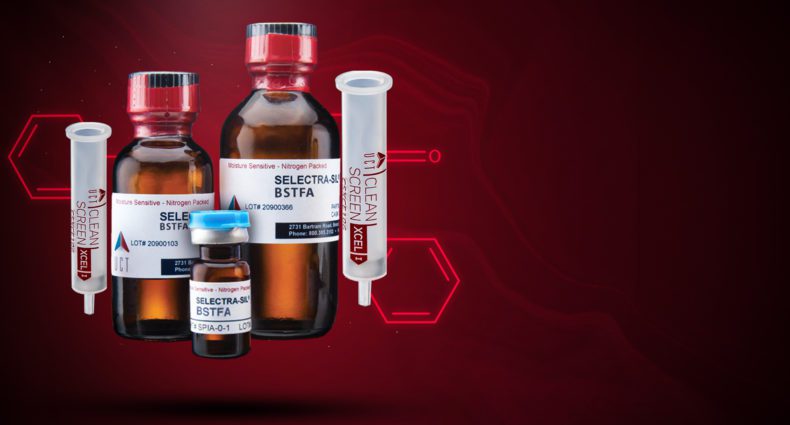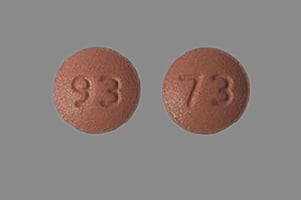Of all the analytes that Forensic Toxicologists are asked to test for, THC still remains high on...
Clean Screen XCEL I Used to Confirm Fentanyl Overdose in Italian Case Study

Fentanyl, a well-known synthetic opioid approximately 100 times more potent than morphine, continues to be a public health issue. In cases of a fentanyl overdose, it is difficult to determine the cause of death based on toxicological information alone due to the tolerance of habitual users and significant post-mortem redistribution. An Italian group published a review of a case study involving a 29-year-old man with a history of drug use found dead in a suburban neighborhood of an Italian city. The autopsy and toxicological findings of the presented case study are consistent with chewing or ingesting a transdermal fentanyl patch.
Solid phase extraction and derivatization were carried out on toxicological samples using Clean ScreenⓇ XCEL I columns and Selectra-SilⓇ BSTFA 1% TMCS respectively for the confirmation of fentanyl, cocaine, benzoylecgonine, morphine, 6-monoacetylmorphine, and alprazolam. Samples were diluted in pH 6.0 phosphate buffer and added directly to the extraction column without the need for preconditioning. The final eluant was derivatized and analyzed via GC/MS.
The most notable result was a fentanyl concentration of 50 ng/mL in femoral blood. This method was validated according to the Group of Italian Forensic Toxicologists (GIFT) guidelines. The toxicological results coupled with the post-mortem pathological findings of respiratory failure definitively conclude that the cause of death was due to the consumption of a transdermal patch leading to a fentanyl overdose.
Citations: Manetti, Federico, et al. “Atypical Fentanyl Transdermal Patch Consumption and Fatalities: Case Report and Literature Review.” Toxics 2023, 11, 46.




